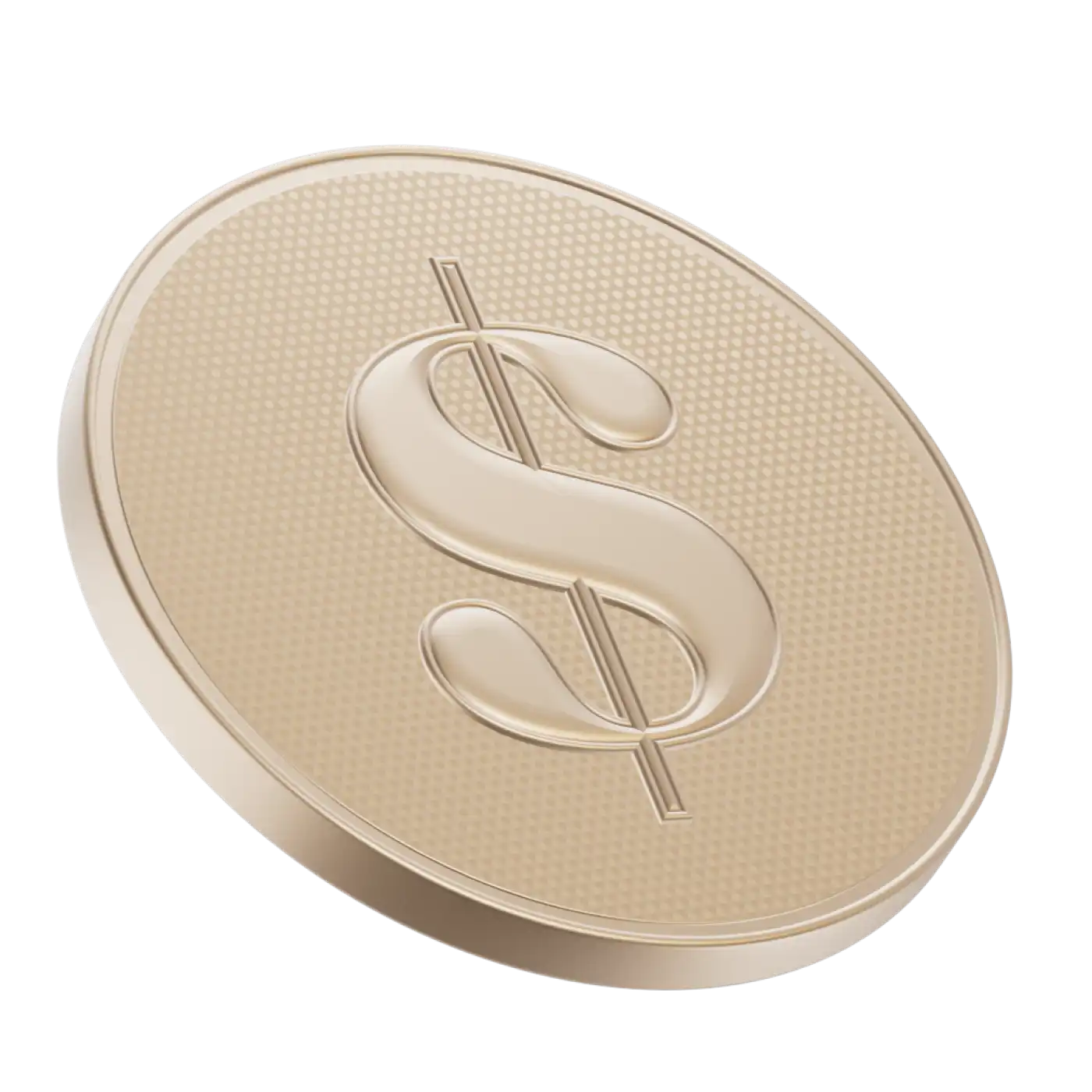The T1 taxpayer's form is also known as the Income Tax and Benefit Return. Here is an overview of everything Canadians need to know about the T1 form, including who should fill it out, where to get it, and its various sections.
What is a T1 form?
The T1 form is a summary of all income taxes you pay to the Canada Revenue Agency (CRA). Think of it as a kind of summary of all the other forms you complete for your income taxes, as well as all the information required to file.
You need the T1 form to apply for the Canada Child Benefit, GST/HST refundable tax credits, and other benefits. You may also be required to provide the T1 general income form when applying for major credits, such as a mortgage.
Who should fill out a T1?
Anyone who will owe taxes should complete a T1. Business owners, such as sole proprietors and partnerships, are also required to complete the T1 business form. However, if you are a corporation, you should complete the T2, which is provided for corporate income.
How do I get a T1?
There are various places to get a copy of the T1 form, but the easiest way is online.
If you have a CRA My Account, you can find your T1 for the current year, as well as the past 11 years that you filed, by looking under the “tax returns view” section. If you look for anything older, you will need to contact the CRA directly at 1-800-959-8281 to request a copy.
A tax preparer can also access your tax information (with your permission) through your online CRA account. You can also import your current tax information, including a T1, from the CRA using online tax-filing software with an auto-filling return feature. These tax forms are named after the calendar years they are required for, so you should use the 2025 T1 form to report personal income for the 2025 tax year.
T1 breakdown
The T1 general income tax form isn't as elaborate as others. It uses entries from other taxpayer forms and has five main parts to fill. These include:
Section | Meaning |
|---|---|
| Identification | In this section, you provide details such as your name, address, social insurance number, and marital status. You will also be required to answer questions regarding your Elections Canada authorization, whether you have exempt income, and your foreign property declaration. |
| Total Income | Here, you declare all your income sources, including income from employment, self-employment, foreign income, disability benefits, and more. This is also known as your gross income. |
| Net Income | This is the amount you're left with after most deductions are subtracted from your total income. Deductions such as RRSP and RPP contributions, child care expenses, and union dues may lower your net income.Net Income is used to determine if you are eligible to claim certain tax credits or if you are entitled to certain benefits or credits. |
| Deductions and Credits | The CRA allows you to subtract other amounts including deductions, refundable credits, and non-refundable credits. |
| Taxable Income | The taxable income refers to the amount of income you generated that determines tax owing. Credits are calculated and subtracted from that tax owing amount. |
| Refund or Balance Owing | This section is where you determine if you are eligible to get some money back or required to pay more tax. A positive number in this section implies you owe the CRA money;a negative number means you will receive a refund. |
Where do I send my T1?
The easiest way to complete the T1 form yourself is by submitting it to CRA online using DIY software. Online form submission is facilitated using NETFILE, the CRA-recommended service for submitting CRA-issued taxpayer forms. You can also download the PDF form, fill it out, and mail to the CRA office designated for your province or territory.
When do I submit and pay for my T1?
Canadian taxpayers who have to file a return and are not self-employed are required to file the T1 by April 30. If you or your spouse or common-law partner are self-employed, you have until June 15 to file your tax return. If you have an amount owing, the payment deadline is still April 30, no matter whether your filing deadline is April 30 or June 15.



